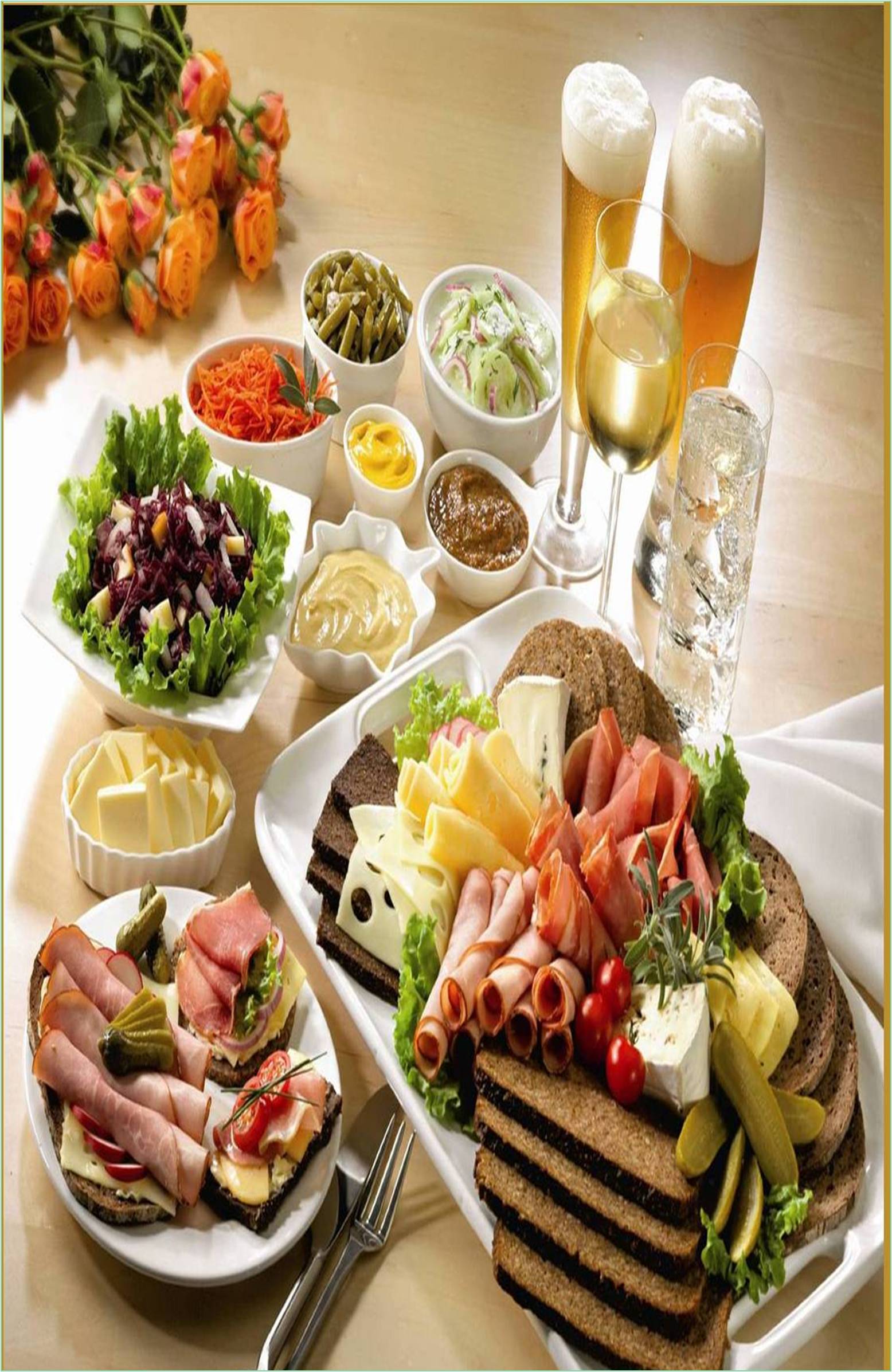



Received: 01-Nov-2022, Manuscript No. GJFST-22-85279; Editor assigned: 03-Nov-2022, Pre QC No. GJFST-22-85279 (PQ); Reviewed: 17-Nov-2022, QC No. GJFST-22-85279; Revised: 23-Nov-2022, Manuscript No. GJFST-22-85279 (R); Published: 02-Dec-2022, DOI: 10.15651/2408-5456.22.10.057
Animals and humans both need to eat in order to survive. It is essentially generated from different plants and animals, but they are processed before being consumed by people. Food production is the process of turning raw materials into consumable food items. Either the food processing companies or households can use these changed food items. Each stage in the manufacturing of food, which may be divided into several categories, is crucial. The process in the food processing business begins with the fundamental stages of washing, sorting, etc. and is completed when the food is packaged and sold. The majority of the goods we use come from plants and animals. Grain, cereal, pulses, honey, milk, fruits, vegetables, eggs, meat, honey, and many other items are among the products.
Manufacturing Method for Food
The following steps are involved in the creation of food.
Input: It refers to the many raw ingredients needed for the manufacturing of food. Examples include beef, milk, grains, cereals, honey, and other foods.
Processing: In the second step of the food production process, raw components are transformed into edible forms. Broiling, pickling, fermentation, and other processes are examples.
Output: Various techniques are employed in the food sector to produce food. While some of these techniques are simple enough to be employed at home, others are complex and can only be applied in the food processing industry. Today, a variety of methods are employed to produce food. Food production and food processing are related, thus there is overlap in the procedures. The term "food processing" describes the procedures used to transform raw ingredients into finished goods that may either be eaten right away or require further preparation. The techniques used to prepare food for consumption at home or in factories are referred to as food production. Food manufacturing is frequently referred to as "cooking."
Slicing: It is a broad phrase used in the food industry and refers to the process of chopping up produce, meat, and other ingredients into uniformly thin pieces.
Grinding: It is the procedure for chopping up solid food into tiny pieces. For instance, coffee beans are ground using a coffee grinder.
Mixing: In order to achieve a given level of homogeneity, two or more things must be combined. The dish will taste better as a result.
Marinating: It is the method of preparing flavored cuisine by soaking the ingredients in a salty, acidic, or masalainfused solution before cooking.
Fermenting: It is the process of utilizing bacteria or yeast under anaerobic circumstances to turn carbohydrates into organic acids or alcohols. A good example is creating wine.
Curing: It is the process of preserving meat or enhancing its flavor and color by adding salts, sugars, or acids.
Boiling: By submerging food in water that has been boiled to the boiling point, food is prepared.
Broiling: It involves cooking big pieces of poultry or pork that are partially submerged in liquid.
Emulsifying: It involves mixing two or more components that do not often mix well together. Using the example of mixing water and oil Grilling. Food items are cooked on a rack set above a heat source, such as ceramic briquettes burned by gas flames or a charcoal fire.
Frying: It involves preparing meals in hot fats or oils. Two options for doing this: shallow frying or deep frying. The dish is fried in a pan with little oil while shallow frying. In deep frying, the meal is submerged entirely in a larger, hotter vessel of oil.
Steaming: It is a technique for using steam to cook food. A food steamer can be used to do this. With this technique, boiling water turns into steam, which generates heat for cooking. The food is then heated by this steam.
Pasteurization: It is the process of heating milk or fruit juices to a specific pasteurization time and temperature combination in a properly constructed and operated apparatus. For instance, quickly chilling after heating food products to 161°F for at least 15 seconds.
Food supply: The term "food system" refers to the food supply chain, which starts with raw ingredients and concludes when the final food products are consumed. It goes through the following phases:
Food production: The techniques used to prepare food for consumption at home or in factories are referred to as food production. It also encompasses farming and agriculture.
Waste recovery: It entails the control of waste generated at the levels of food production, processing, marketing, and consumption. This process makes sure that the output is maximized with the least amount of input and waste possible. Proper management of the food production process can achieve this.
Benefits of Food Production
• A huge industry, food manufacturing offers a variety of opportunities.
• Many individuals, including waiters, farmers, local vendors, and chefs, are employed by it.
• Restaurants, regional food markets, grocery stores, online food delivery services, agriculture, etc. are examples of industries.
• It is a means of support for the populace, particularly for stay-at-home mothers.
• It improves exports and promotes good international connections.
• It assists in the efficient distribution of food.
• It opens up the food to all populations.
Food Production's Drawbacks
• It alters the climate. For instance, Delhi is polluted by burning hay.
• Particularly through the use of chemical fertilizers, preservatives, weedicides, and other pesticides, it pollutes the soil and water.
• Many species end up extinct as a result of it.
• Global warming and greenhouse gas emissions are also brought on by it.